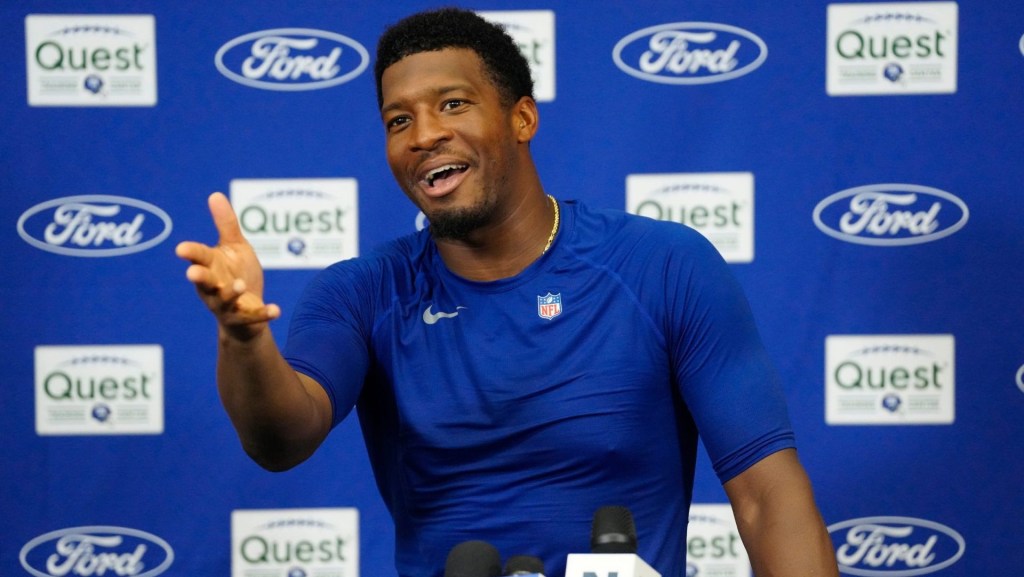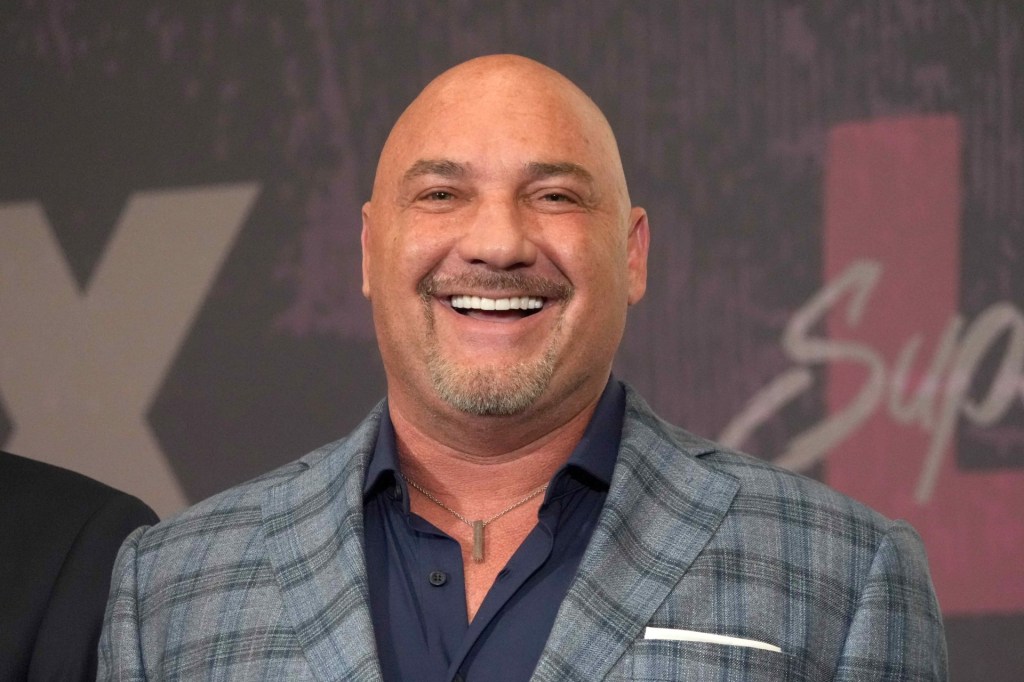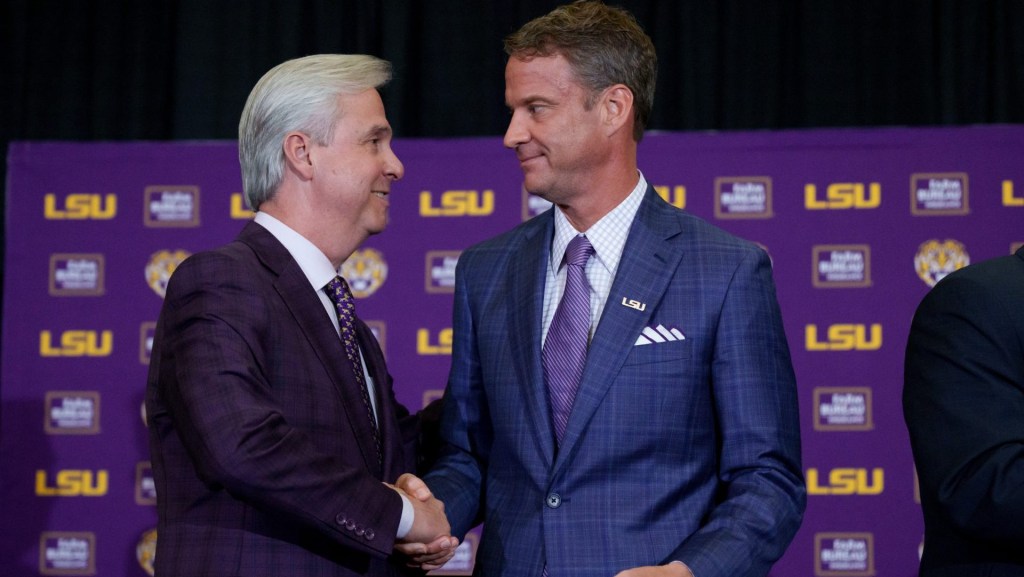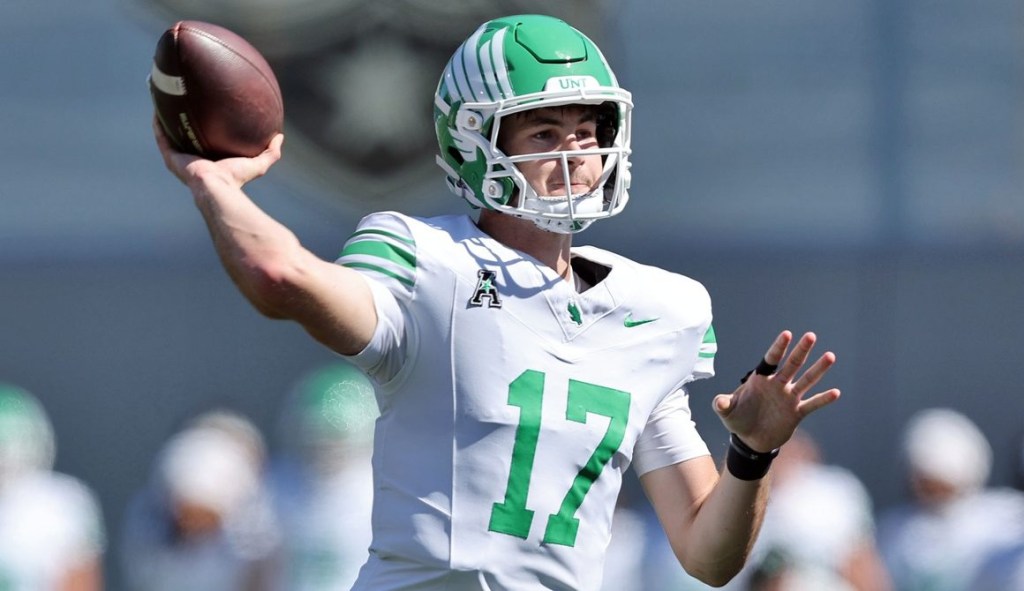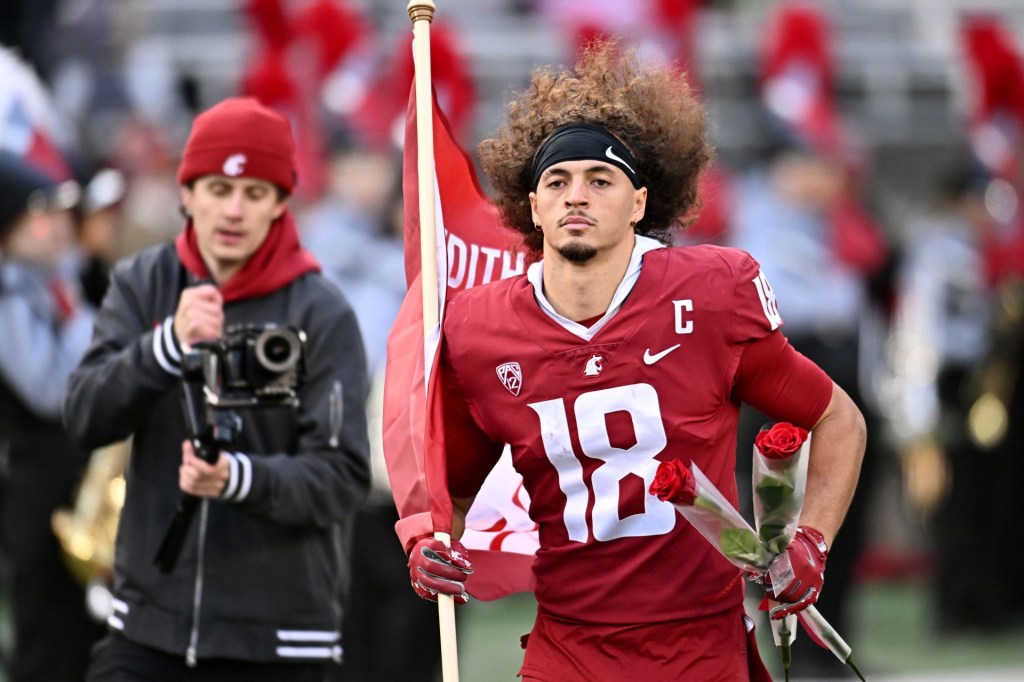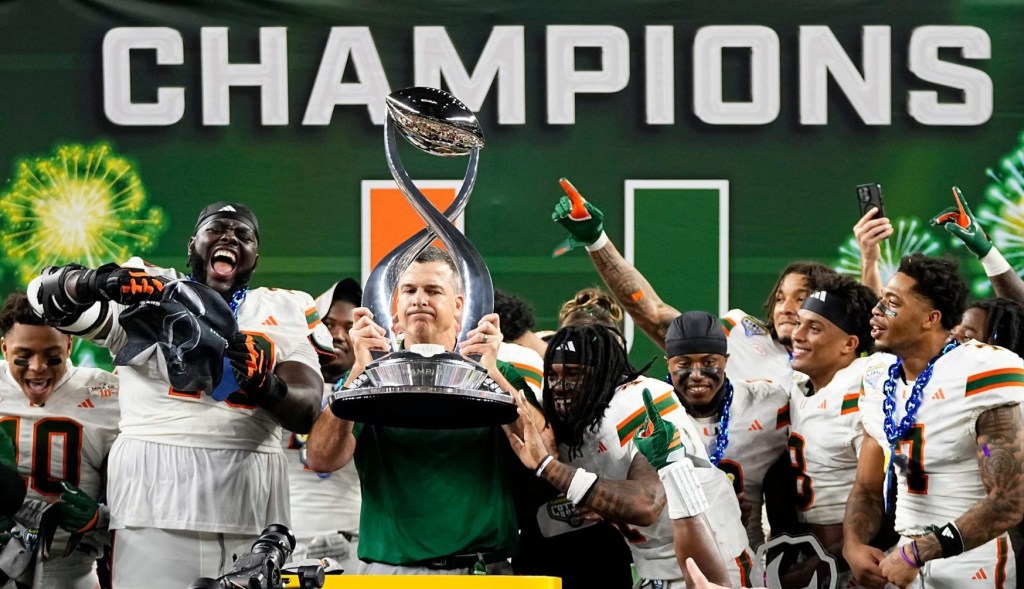ESPN made significant expansions in its coverage of college softball in 2020 after an explosion of interest following the 2019 season. The success of the sport across both linear and digital networks prompted the sports giant to offer a record 200+ games, a reflection of a broader push within the industry to cater to niche audiences in an era of content overload.
2019 marked a massive year for the sport on ESPN. The network boasted its most-watched Women’s College World Series production since 2015, most-viewed Super Regionals since 2008 (a 36% increase in viewers) and best regular season since 2016 with a 40% increase in viewership. ESPN began covering every game of the Women’s College World Series in 2000 and expanded coverage to all 16 regional sites in 2016.
Last year’s Women’s College World Series two-game championship series between UCLA and Oklahoma averaged 1.57 million viewers, up 13% year over year. ESPN’s coverage of the entire 15-game 2019 Women’s College World Series tournament averaged 1.1 million viewers on ESPN and ESPN2, according to Nielsen ratings.
“This was up a whopping 26% over 2018, and it represented the event’s highest viewership since 2015,” Jon Stainer, managing director of Nielsen Sports, Americas, said.
That was a significant outlier for sports on television in 2019, where growth was tepid at best. For example, viewership for the NFL was up just 3% year-over-year. Comparing the full 2019 MLB season to the previous year, viewership was down 3% – which “makes the 2019 Women’s College World Series viewership growth that much more impressive,” Stainer said.
The combined result was double-digit growth in viewership for the entirety of ESPN’s college softball coverage last season.
“We started off with TV and a little bit of digital last year,” ESPN senior director of programming and acquisitions Dan Margulis said. “This year we had more TV, and we got every game on digital in some form. It’s the way we like to grow things [where] you’re not jumping in with everything, and you just build it up over time. And this was one of the sports that had done really well for us.”
Increasing coverage of the sport over time became easier with the availability of ESPN+, which launched in 2018. The streaming platform provides additional opportunities for programming of sports, like softball, that traditionally have not secured the sort of airtime that the game has in recent seasons.
The success of a seemingly niche sport like college softball also suggests a broader strategy shift within the industry.
“Networks like ESPN are trying to find the right balance between what content to put on TV and OTT platforms,” Stainer said. “College softball appears to offer the best of both worlds: top-quality programming during the postseason, with similar viewership to major sports leagues, along with an immense quantity of programming during the regular season to enhance the offering of ESPN+.”
READ MORE: NHL Bankrolls College Hockey Expansion As Youth Game Explodes
This year, ESPN’s teeming 2020 slate kicked off with the second annual St. Pete Clearwater Elite Invitational preseason tournament. More than 1,400 additional regular-season games are also available across ESPN’s digital networks this year, and a weekly podcast, 7Innings, complements the increased coverage by chronicling the road to the Women’s College World Series.
The network’s linear television slate will feature 24 of the top 25 teams, including all of the top five preseason teams. The combined television and digital schedules will cover nearly 20 conferences and engage a host of ESPN’s digital and conference-specific networks.
“Media entities appear to be adjusting their content strategies to position themselves for success in the future,” Stainer added. “Niche sports such as college softball allow networks to appeal to hardcore fans who want to watch their favorite teams in action and are willing to pay to do so.”
Margulis attributes ESPN’s success in the college softball sphere to a focus on not only serving the passionate fan but also connecting with more casual college softball fans through compelling storytelling. While connecting with the casual fan is key to growing the game and gaining new viewers, diehard fans, however, are the ones more willing to pay to watch the sport.
As softball coverage grows in viewers and as a revenue stream on OTT and digital platforms, it also helps bring in money beyond those realms.
ESPN’s primary revenue stream consists of carriage fees charged to TV providers, which give them the right to include ESPN networks in their bundles. To make their channel offerings as attractive as possible to justify their carriage fees, ESPN needs highly viewed programming. The Women’s College World Series and college softball more generally increasingly fits that bill.
And while softball may be slated in many non-traditional time slots, an increasing number of games, particularly during the postseason, are landing in primetime spots as the sport continues to gain popularity with viewers.
“Our job is to serve the fans and your audience, so the numbers need to be there to a degree, right?” Margulis said. “And they have been there in this sport. But also it’s just a sport where we’ve gotten such good publicity on whether it’s articles or marketing or working with our conference partners or our podcast.”
READ MORE: College Football Hall Of Fame Finds New Life In Atlanta
Margulis said that the fanbase for college softball is geographically diverse, with that publicity and interest coming from several regions throughout the country. Finding a sport without fans in uber-concentrated areas allows the network to utilize several of their digital platforms and reach a wider audience.
“What’s good about women’s college softball is there is representation from many conferences,” Margulis said. “Sure you have your [softball versions of] Duke or Carolina basketball, but it’s a little more spread out. There are numbers of schools that resonate with people.”
There are also a number of demographics that the sport resonates with, which is appealing to the network as well as sponsors and advertisers.
The 2019 Women’s College World Series saw a 45% increase in viewership among men ages 18-34 and a similar boost among women in the same group. The most significant spike in interest – 75% – was among men ages 12-17. But despite the spike in male interest in softball, overall viewership was up 28% among females and 25% among men, according to Nielsen.
The tournament’s overall television audience was 38% female and 62% male. In comparison, the 2019 Men’s College Baseball World Series reached 32% females while the Men’s College Ice Hockey tournament reached a similar 31%. The only major college event carried on an ESPN network reaching a higher concentration of females was the Women’s NCAA Basketball Final Four and Championship game.
“It’s clear that consumption is currently on the rise,” Stainer said. “So for advertisers and sponsors trying to reach female audiences, this event provided an attractive platform.”


